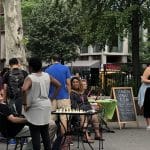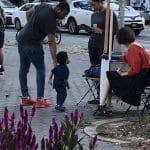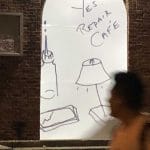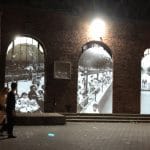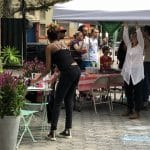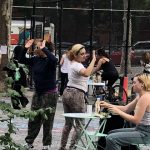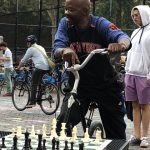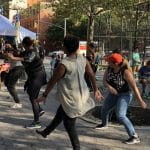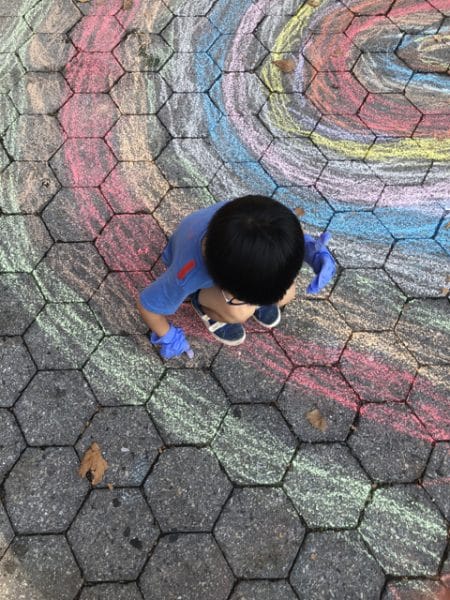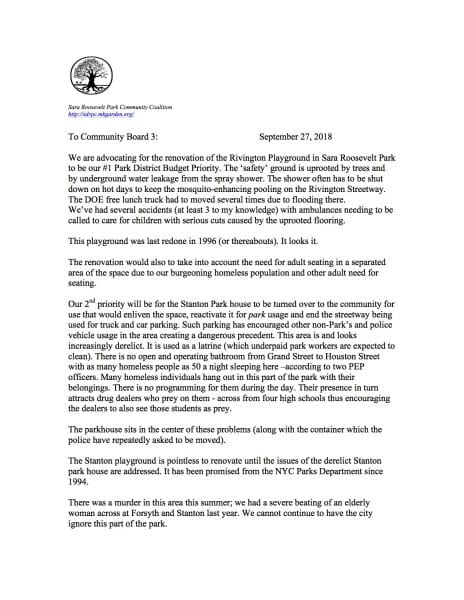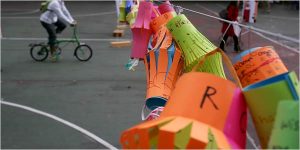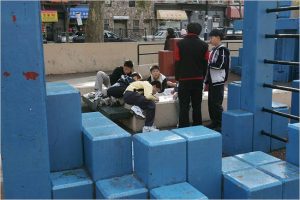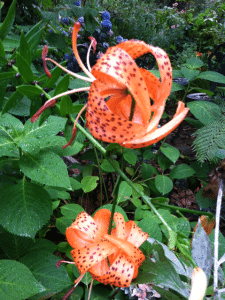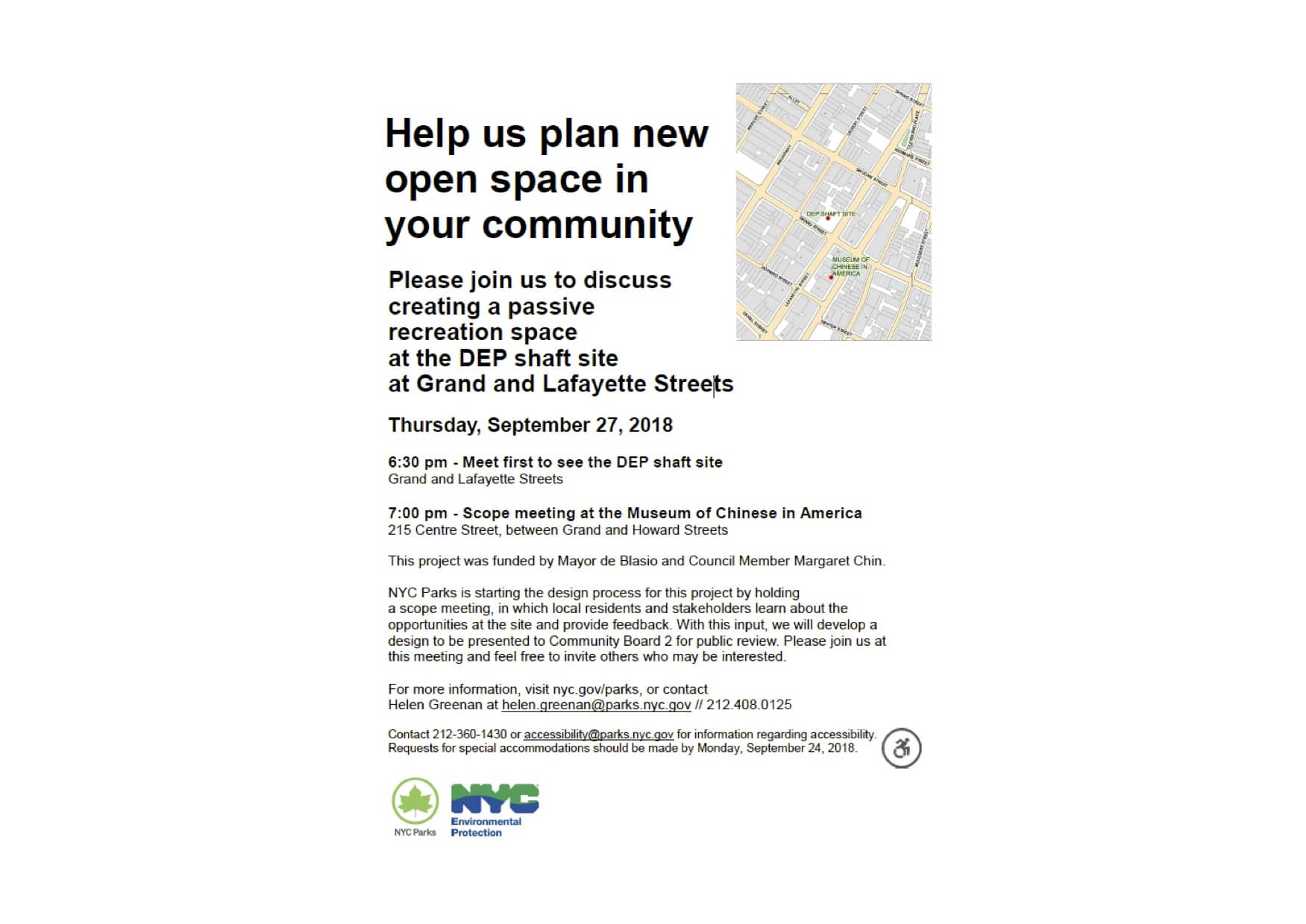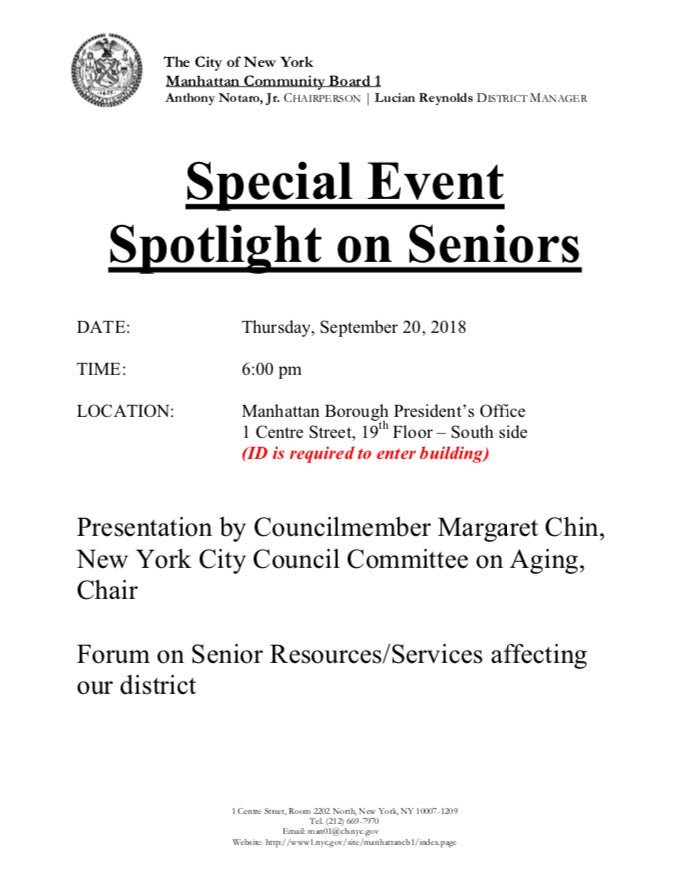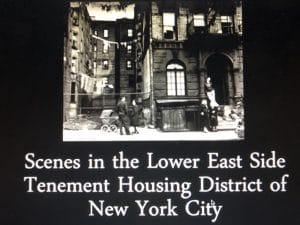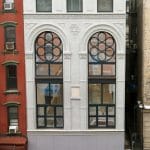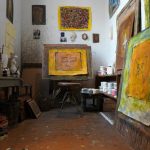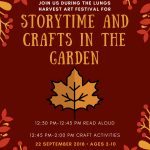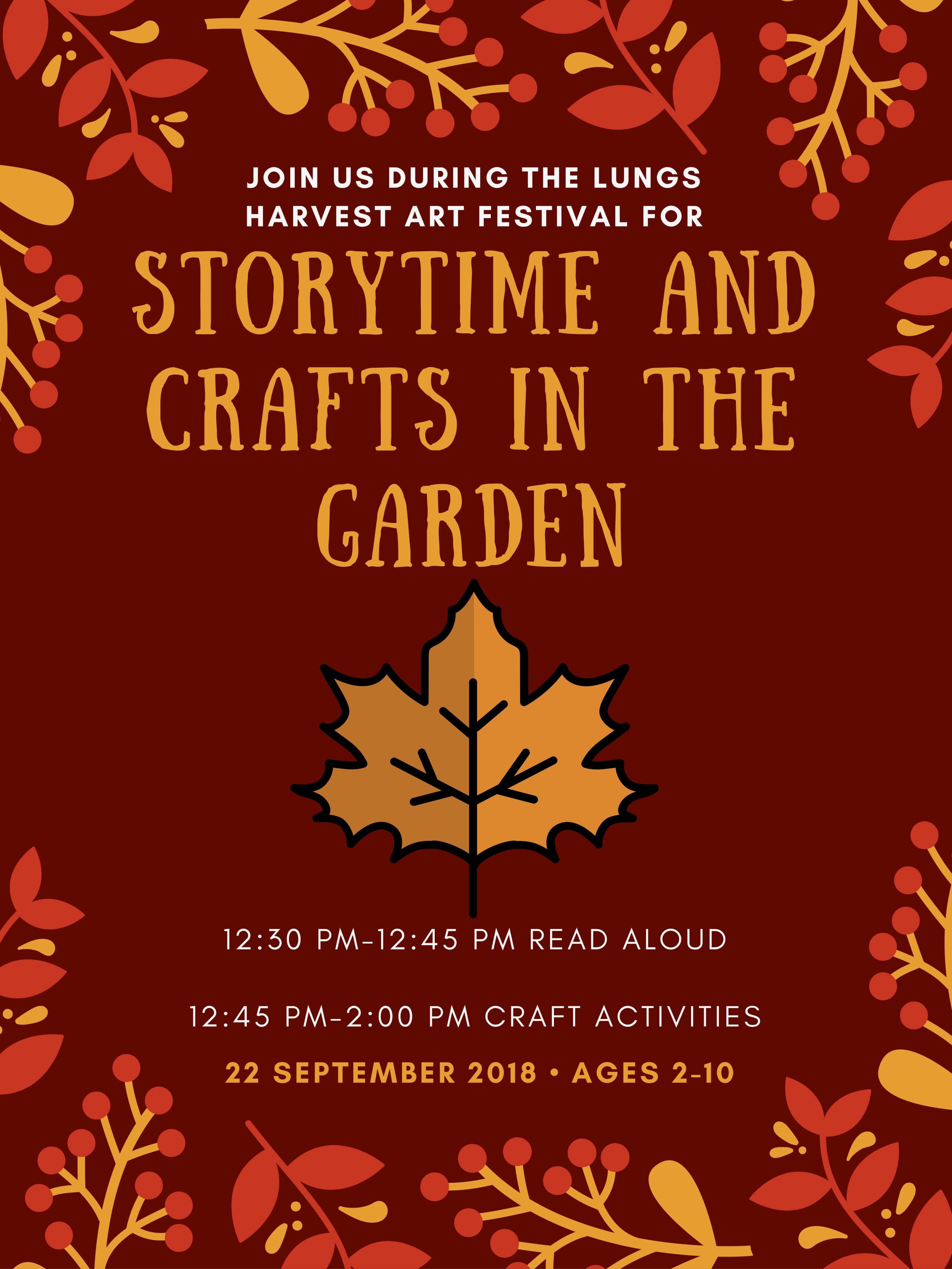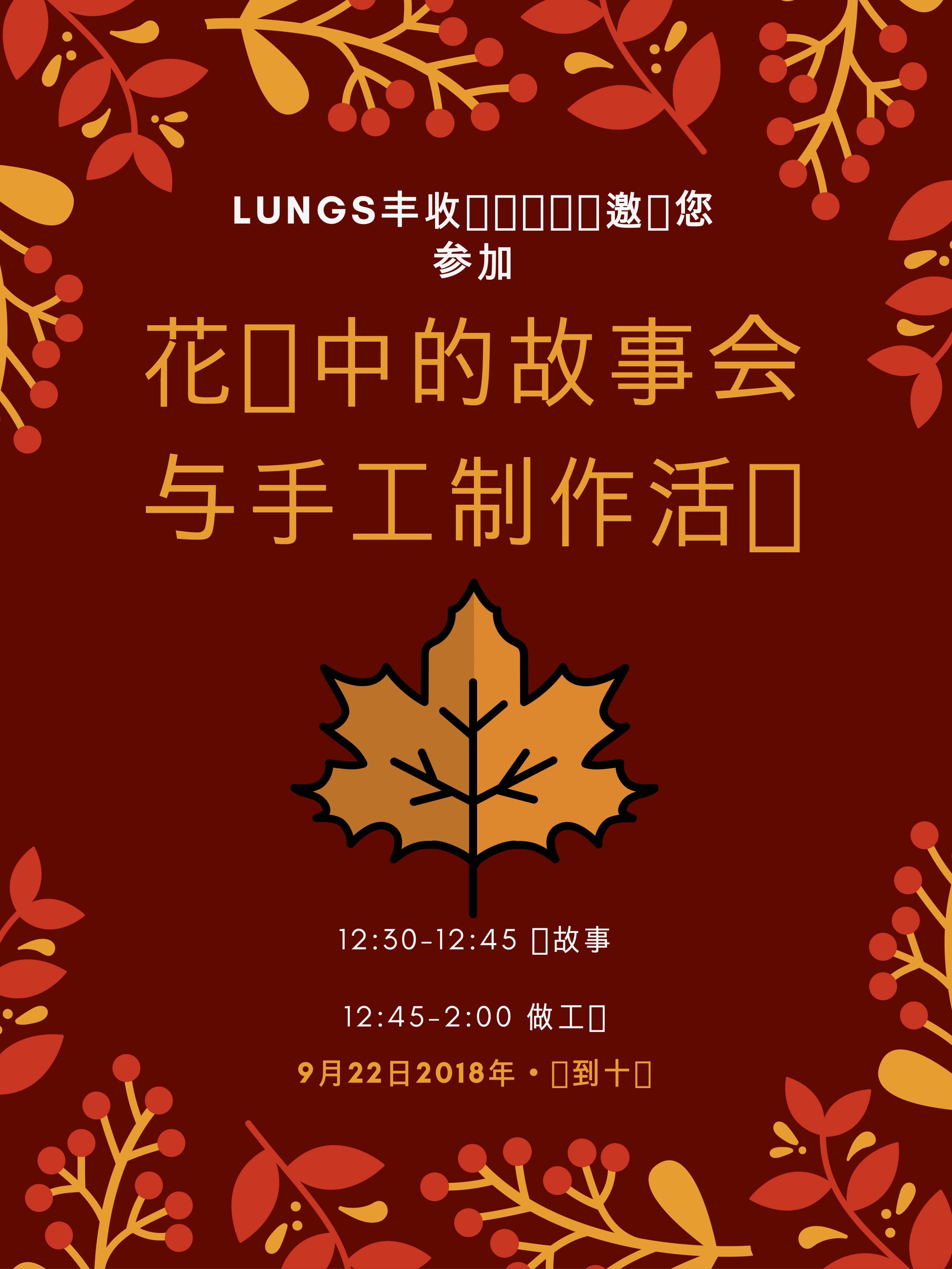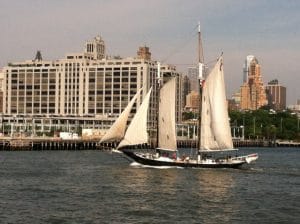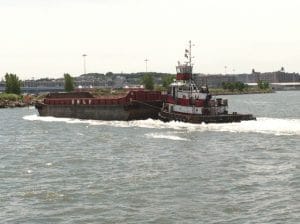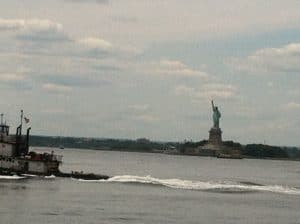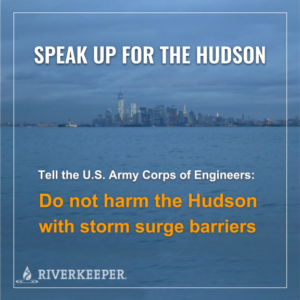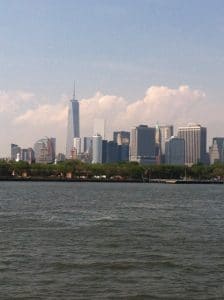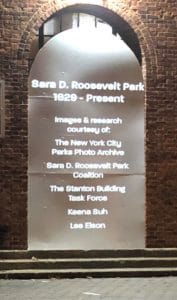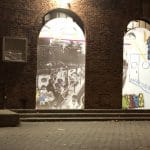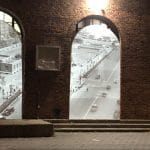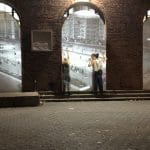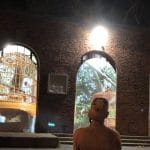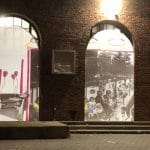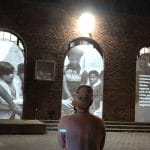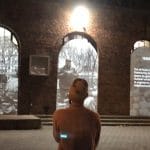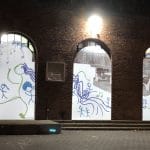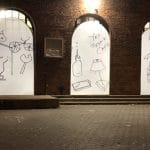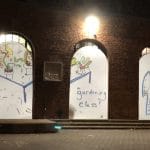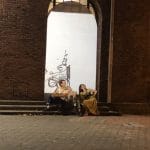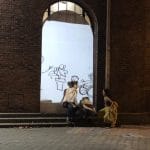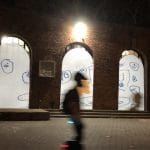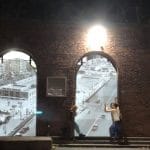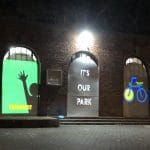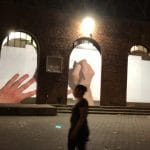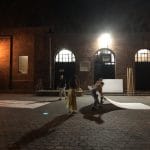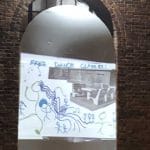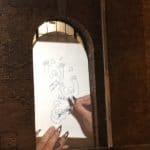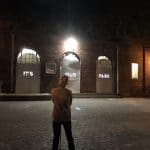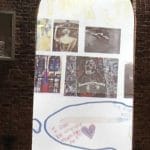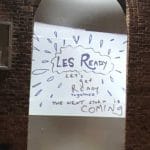Rebuilding a Neighborhood with Care
“I was a mile away when the first plane hit the Trade Towers. I was taking my son by stroller to our parent-run day care center. I ran with him to that shelter. We all struggled not to show how afraid we were to the children. We took turns going outside to watch and pray that the towers would hold. We sobbed when they fell. I went out the next day just to listen to people in the lines waiting for news of their friends, children, parents and co-workers – most of whom they would never see again. My beloved brother had died the week before. I felt I understood the shock of loss.
Every community works to make the best possible home for its members to live in. The most promising communities gather and sustain the resources around them to insure that members are cared for and can thrive.
Although Americans come from ancestors and societies of people with similar beliefs and customs, we have always been a far more complex society. Here we have been tasked with reinventing our communities with each new wave of people from across the world. It is our great strength. Our work has been to honor and protect our own ways and beliefs while we guard against becoming exclusive and isolated and therefore limited. We do this despite many of us having prior histories as the targets of intolerance and attack. Not simple. There have been many bumps in that road, but we slowly get better at it.
As in any community, yours too, you decide its course by gathering the thoughts of everyone involved. The vigorous and sometimes rancorous debate around the Park51 Islamic Center’s location was/is necessary and unavoidable. People are made angry, grief struck and fearful by senseless loss. Yet we still have to find a way not to be shackled by those griefs, angers and fears when determining the future. Atrocities have happened here before. We live on Lenape Native land, we have built our homes and lives on their sacred sites. We must remember, honor and learn from all losses and work towards our best hopes for the present and for the future.
The proposed Park51 Islamic Center affords us an opportunity to learn about each other and offers an important resource for Lower Manhattan. Modeled after the Jewish Community Center and the Christian YMCA whose faiths infuse the values of their centers, Park51 will be inspired by the Islamic faith but open to everyone. It intends to provide services to prevent domestic violence, classes to learn English and Arabic, courses in cooking, a place to swim, a memorial to the victims of 9/11 and an Interfaith Center. And, importantly, a Muslim prayer space. Observing one’s faith is an American principle held dear by most people in this country.
The neighborhood leadership, local elected representatives, and the community have resoundingly backed the proposal. The Center offers the possibility of a positive infusion into the life of this neighborhood that was badly scarred by the destruction of 9/11. Local leadership would like more institutions to come and build here. This is no surprise – during the past few years Lower Manhattan has become increasingly residential. This is a neighborhood. It has need of jobs, homes, parks, schools, labor centers, day care, senior housing, shelters, prayer spaces, learning centers, health and recreation centers, and police and fire houses. Far from being disrespectful to build here, every faith must lend their weight towards the restoration of this community.
At the site of the World Trade Towers will stand an enduring memorial to the enduring heartbreak of that day. Nearby, children will splash in a pool, babies will laugh and cry, women will heal, people will learn, a faith will have a place to pray. Life will go on – a direct challenge to the twisted plans of a small group who would have had it otherwise.”

